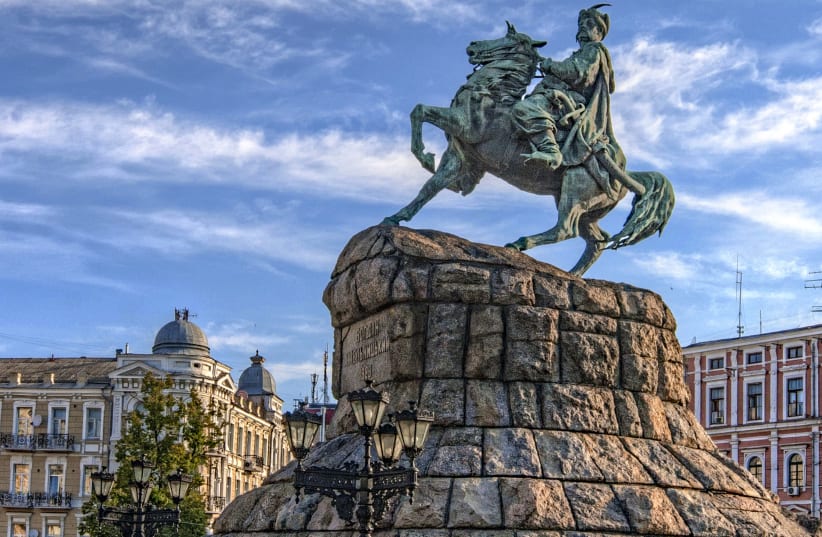It was a Jewish nightmare of horrific proportions.
In the middle of the 17th century, the uprising of the Ukrainian Cossacks, led by Bogdan Khmelnytsky, and the Swedish and Russian invasions of the Polish-Lithuanian Commonwealth resulted in the murder of thousands of Jews.
At the same time, the Crimean Tartars, an ally of the Cossacks, captured and sent to Istanbul’s slave market an estimated 4,000-6,000 Jews to be ransomed by their fellow religionists or sold into slavery.
The overall losses were stunning – at least by pre-Holocaust standards. From 1648 to 1667, an estimated 40,000 Jews, 10% of the Jewish population of the Polish-Lithuanian Commonwealth and an eye-popping 40-50% of Ukrainian Jewry disappeared due to death, migration and conversion to Christianity.
In this book, historian Adam Teller tells the story of the survivors – the ransomed and the thousands of refugees, most fleeing to other villages, towns and cities within the Commonwealth or to the Holy Roman Empire – and how their fellow Jews reacted to the crisis.
The benevolence, the generosity of the Jewish communities in this story is almost unbelievable. There were many Jews traveling around communities in southern Europe, Poland-Lithuania, the German lands and the Ottoman Empire desperately trying to raise money to ransom family members. At the same time, many demands were being made to ransom Jews captured by pirates in the Mediterranean. And there were Jewish refugees seeking new homes in new lands and women – and some men, as well – searching for information about their spouses, to be able to reunite with them or remarry.
Yet, in this tumult bordering on chaos, local Jewish communities were generally hospitable to strangers and, in most instances, opened their depleted purses to help. Barriers between Sephardic and Ashkenazi Jews, as well as national barriers, usually were overcome.
There was a “sense of solidarity that induced Jews from Amsterdam to Istanbul, from Krakow to Cairo, to come to the aid of other Jews in distress,” Teller writes.
The question is why. The usual explanation given today is klal Yisrael – the notion that Jews are a single interconnected group, the idea from which flowed Jewish nationalism and, eventually, Israel. But that was a post-French Revolution idea, the author notes.
Back then, Teller writes, it was called brotherhood, with Jews feeling a sense of kinship with each other.
Instead of nationalism, the ideas of holiness and being chosen seem more appropriate, the scholar writes. “It was their understanding of belonging to a single religiously defined people, chosen by God and forged by the experience at Mount Sinai, that allowed the Jews of the seventeenth century to feel connected with each other over great distances.”
Whatever the reason, the author shows a strong feeling of togetherness uniting these disparate Jews. Most important, the author notes, the ties among the various communities “were, perhaps, the first steps toward the development of an institutional Jewish world.”
One of the most remarkable aspects of the book is how the author overcomes the paucity of sources. Teller’s familiarity with the period, his powers of deduction and his imagination all are on display.
One example is his analysis of a rhymed Yiddish poem, translated as “The Description of a German and a Polish Jew,” from which he infers resentments on both sides.
Yet, despite serious complaints about the other group from both, German Jews were helping their Polish counterparts.
I would be exaggerating if I said the book was brimming with sparkling prose.
But, at least for me, the subject matter was compelling and the research very impressive.
The reviewer is the author of the memoir, Figs and Alligators: An American Immigrants’s Life in Israel in the 1970s and 1980s (Chickadee Prince Books).
RESCUE THE SURVIVING SOULSBy Adam TellerPrinceton University Press308 pages; $35
